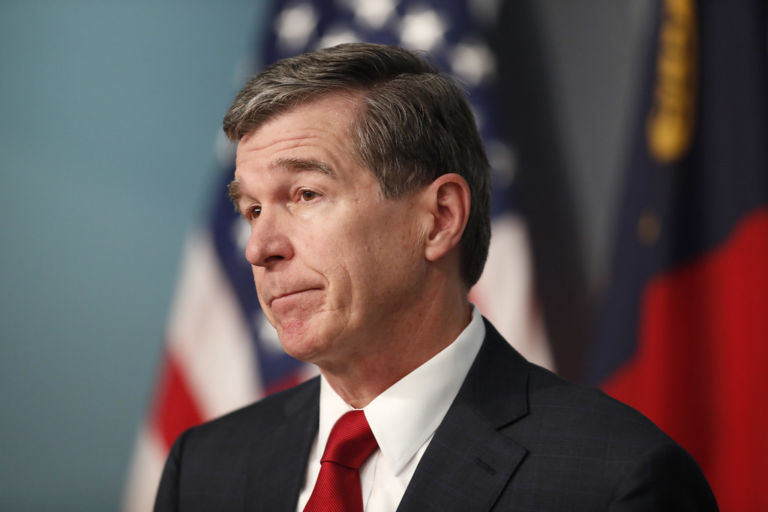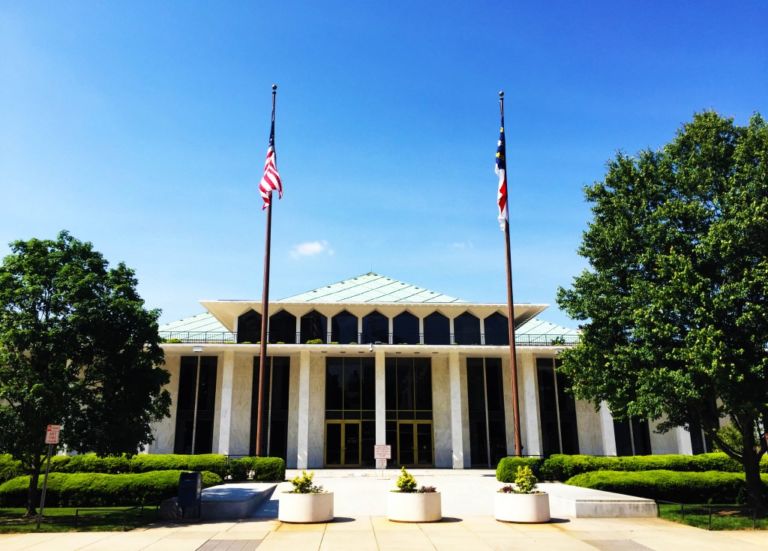My colleagues and I have written extensively on the problem with the state mandated renewable energy standards. Whether it’s calling them Welfare queens, standing up for electricity consumers, blasting solar cronyism, advocating for least cost electricity, urging the repeal of government mandates or explaining what the cost of energy costs, We’ve weighed in on Locker Room. JLF has been pretty clear on our position on the renewable energy portfolio standards and subsides to the solar industry. We’re opposed.
HB 681 and then HB 760 are legislative efforts to roll back the subsides and mandates, finally. It’s not been an easy road. HB 681, which started the discussion of this good idea, met with some roadblocks but HB 760 passed the House last week and now moves over to the Senate. HB 760 is sitting in the Senate Agriculture, Environment and Natural Resources Committee, co-chaired by Senators Andrew Brock, Bill Cook and Trudy Wade.
Here at JLF, we’re not the only folks who care about this issue. Many citizens across NC are contacting their legislators this week to let them know how they feel about HB 760 as it moves over to the Senate.
Donald Bryson with Americans For Prosperity, sent a message to Senators in support of the bill. In part he says…
… I am writing to urge you to support House Bill 760 – Regulatory Reform Act of 2015 – because of its provisions to limit the harmful impacts of the state’s Renewable Energy Portfolio Standard (REPS).
The state House passed the bill with bipartisan support (77-32) on May 6th. The bill has now been sent to the Senate Agriculture / Environment / Natural Resources Committee.
AFP’s official position is that we want to see the REPS end because it conflates energy prices in North Carolina and additional fees for renewable energy are forced onto consumers. I want to thank the members of the caucus that signed pledges, last fall, to “support any legislation that puts an end to North Carolina’s market-distorting green energy mandate.”
The state’s REPS mandates that by 2020, 12.5 percent (one-eighth) of energy produced in North Carolina must come from a very narrow defined set of renewable energy sources. The REPS was put in place by legislation signed by Governor Mike Easley, in 2007, and currently sits at 6 percent.
Cost caps and rider fees were put in place for power companies to recoup the cost of building these additional renewable energy facilities. In other words, fees are assessed to your constituents (ratepayers) to pay for energy sources that are forced on them. These caps and rider fees are set to nearly triple on July 1, so these two bills are very timely.
House Bill 760 – Regulatory Reform Act of 2015 – as amended, would freeze REPS, and freeze the cost caps and fees in place (no higher fees on ratepayers). The bill would also require a legislative study on the costs of the REPS on North Carolina’s electrical grid.
Two university studies and a report from the state Department of Environment and Natural Resources, released last month, have shown the adverse economic impacts of North Carolina’s RPS. The DENR report in particular is devastating to any positive claims about the RPS coming from the renewable energy industry. Here are some clips from the DENR report:
· “North Carolina remains the only state in the Southeast to have enacted a REPS. As a result of this geographic isolation, long term energy prices may adversely impact economic growth and challenge recent improvements in employment in North Carolina.” (page 3)
· La Capra study noted, “At higher rate impact levels, the job losses from higher total cost of electricity across the state may exceed the jobs gained through renewables development.” (page 15)
· Although residential customers in North Carolina pay less than the South Atlantic and national average for electricity, (6 percent and 12 percent lower, respectively), their rates have increased 20 percent since 2008 to 11.4 cents per kWh (July 2014). During this same period, the average residential electric rates in the South Atlantic and the U.S. rose 14 percent and 15 percent, respectively. The cost of energy efficiency, demand side management and renewable energy programs are passed onto the customer in the form of a rider and account for about 2 percent to 4 percent of average monthly power bill served by investor owned utilities. (page 26)
I ask that you take a stand for ratepayers, your constituents, and taxpayers. As you can see above, the additional fees are putting real costs on North Carolinians. It’s even more devastating when you think of that collectively applied to millions of ratepayers statewide.


